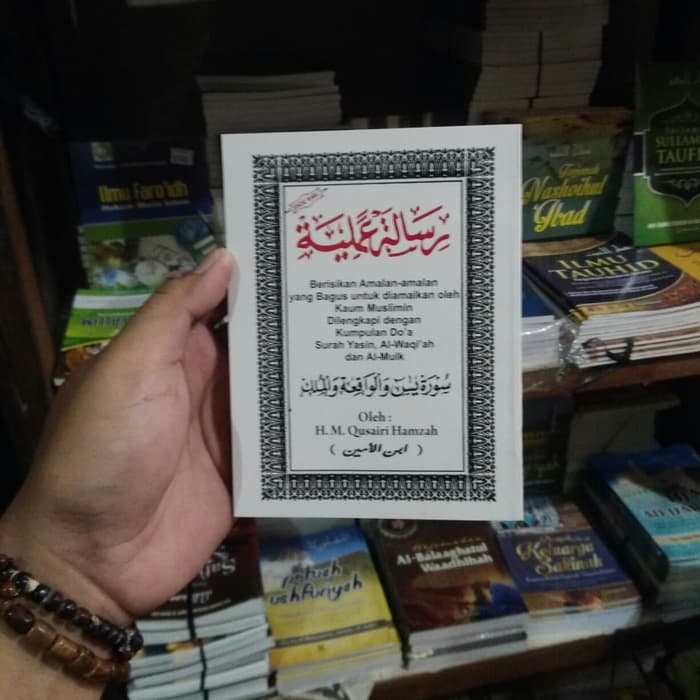

All of these are “defamiliarization” or “deotomatization” to create the charm of poetry or to make strange so that it attracts attention. The meaning of the work in semiotics is determined through the first level reading (heuristics) and continued with the next level, namely hermeneutic reading. This diversity determines and is determined by a structured diction according to needs. The findings of this study are the form of language structure through diction usage systems that have diverse social processes. The presentation of the results of data analysis is carried out by formal and informal methods. Meaning analysis uses an identity methodto pragmatic power that refers to the semiotic analysis model. The identity method used is immediate constituent analysis (ICA). The method used is the Ultimate Constituent Analysis (UCA). The analysis applies a combination of distributional method and identity method that refer to the structuralism-semiotic analysis model.

Data collection technique uses observational method and note taking.

This type of research is qualitative with descriptive narrative presentation.

This study aims at: first, finding out the form of the structure of Rubayat Hamzah Fansuri second, finding meaning through semiotic reading third, finding meaning through heuristic reading fourth, finding meaning through hermeneutic reading. The metaphors are discussed in relation to themes reported in earlier cross-cultural psychological studies of the cultural folk models of happiness. The shared metaphors are parts of larger networks of semantic domains, namely possession, location, motion, containment, and quantity. Seven of the top-10 metaphors in Classical Malay with high token and type frequencies also make into the top-10 metaphors ranked by these measures in Indonesian, suggesting a relatively stable diachronic salience of the metaphoric cognitive models of happiness in these two Malay varieties. Token and type frequencies are used as measures of salience of the metaphors. The aim is to explore the idea of diachronic salience and universal/variation in metaphorical conceptualizations between diachronic varieties of the same language. This paper analyzes metaphorical conceptualizations of happiness in the historical corpus of Classical Malay and in the corpus of present-day Indonesian, the national variety of Malay used in Indonesia.


 0 kommentar(er)
0 kommentar(er)
